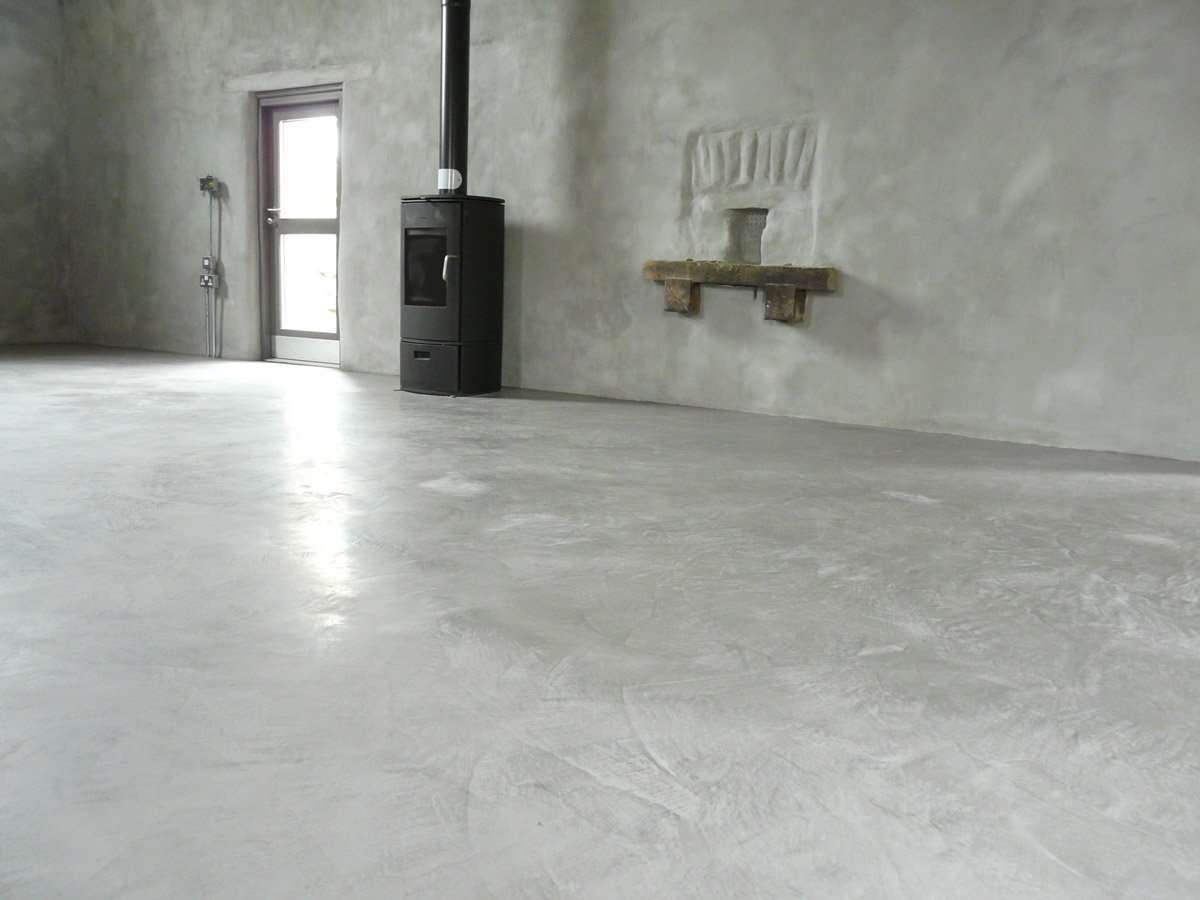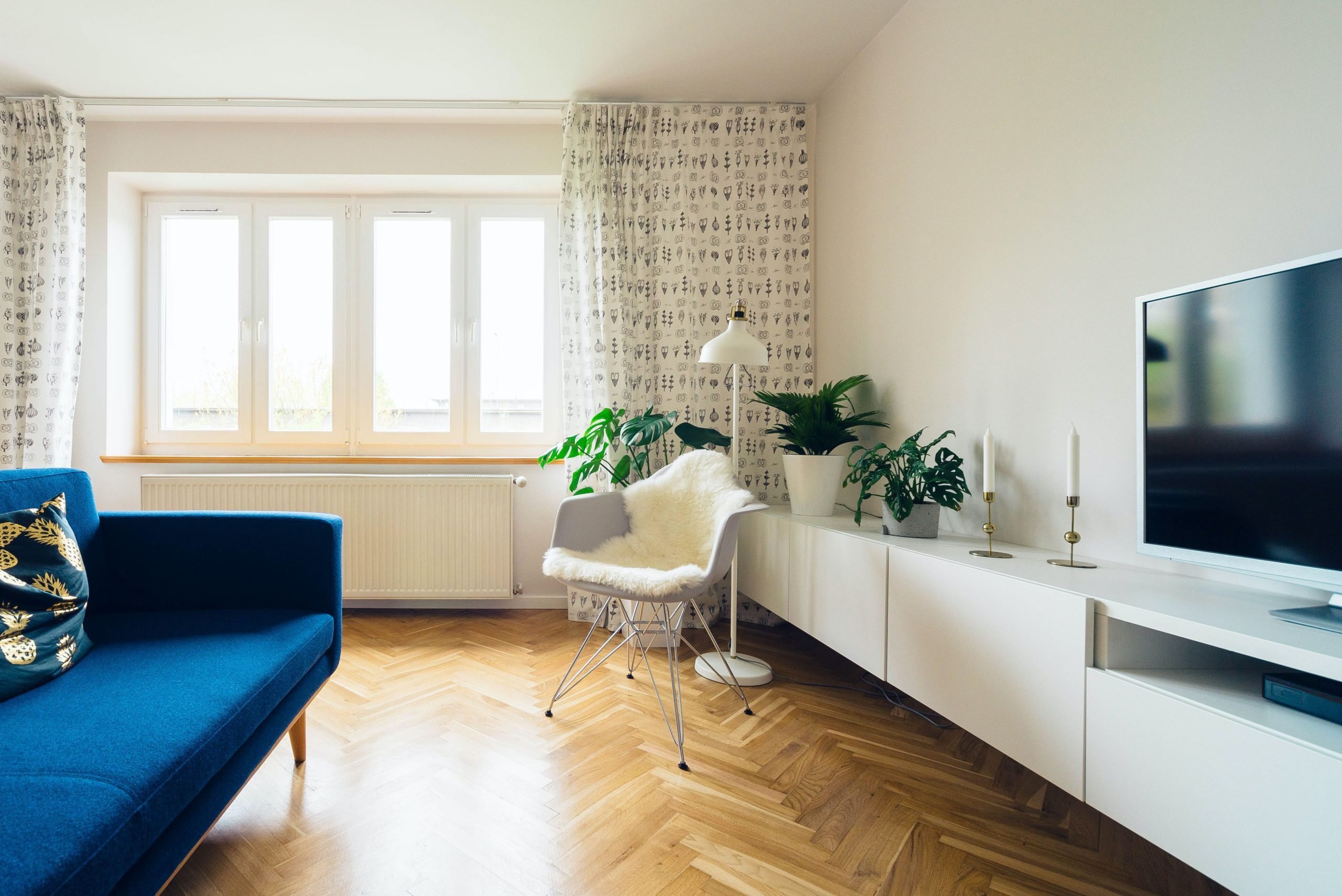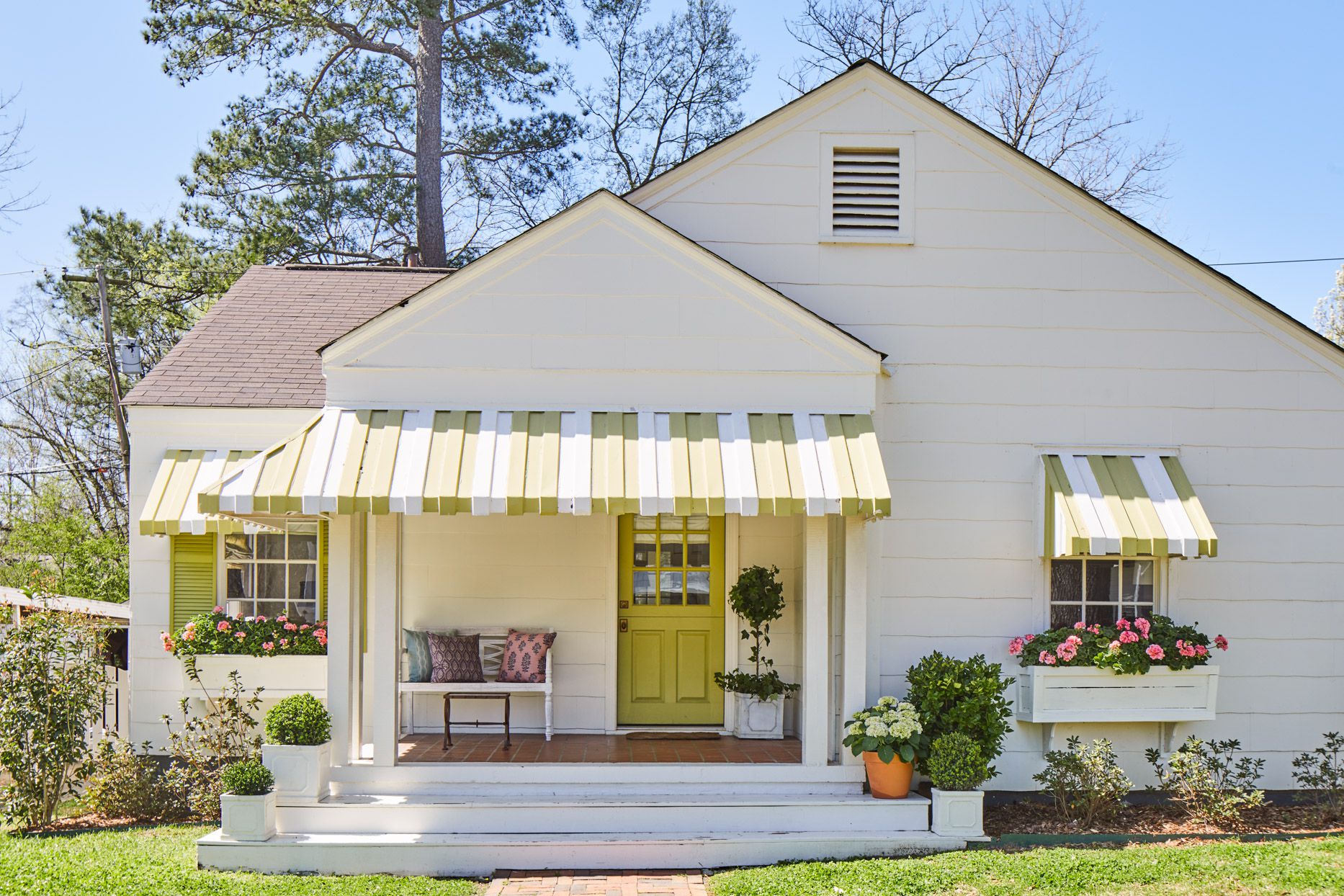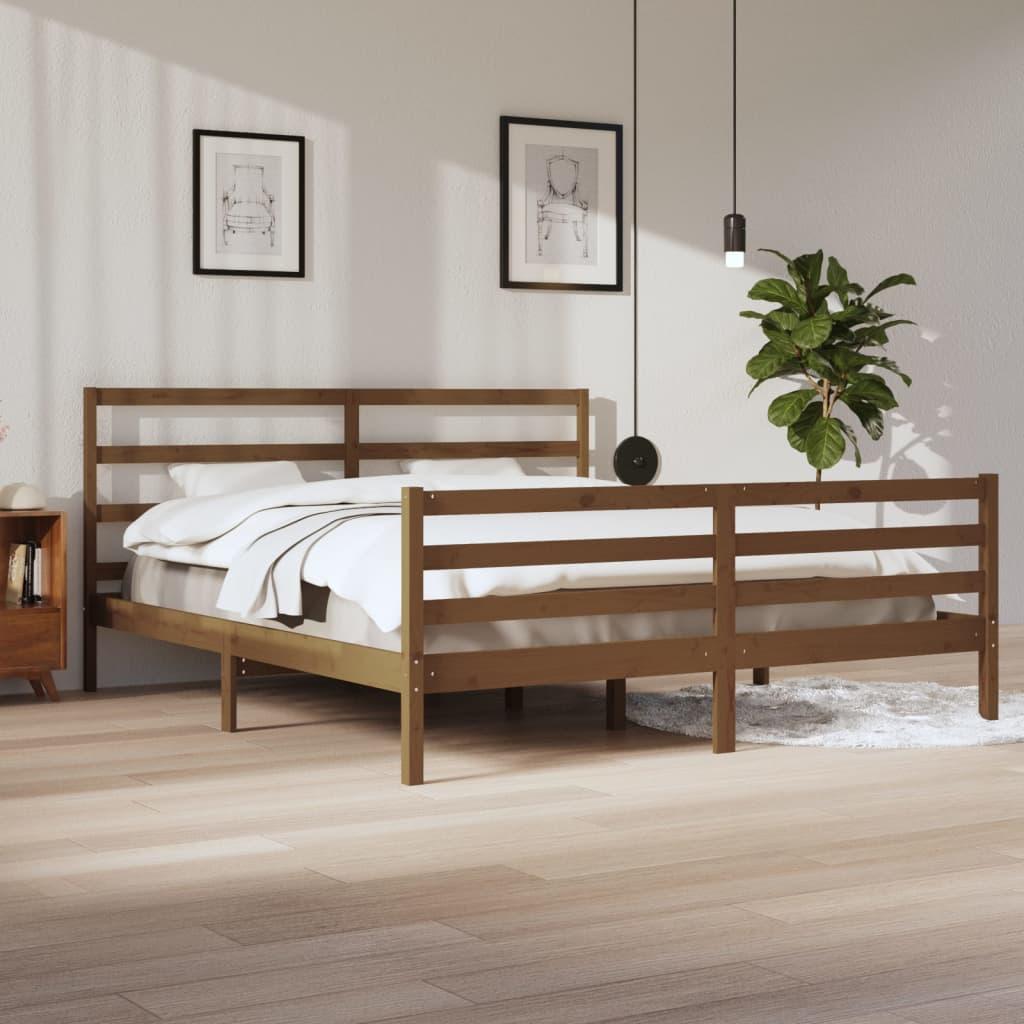How Roof Pitch and Shape Influence Interior Spaces
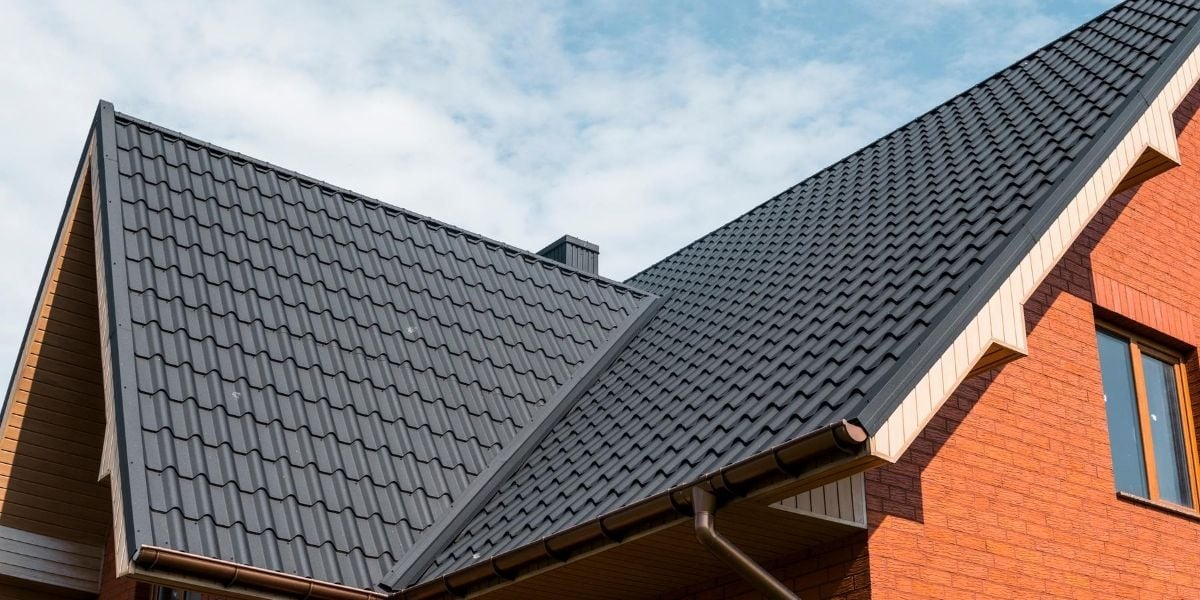
Table of Contents
The architectural choices made for the exterior of a building can have profound effects on its interior. From the walls to the windows, each design decision plays a crucial role in crafting the character and functionality of the space within.
Among these, the pitch and shape of a roof often go unnoticed, even though they play a pivotal role in influencing interior environments. In fact, the roof is not just a shield against the elements but also an intricate ballet of form and function, influencing everything from room volume to lighting.
In this exploration, we’ll delve into how roof pitch and shape can affect the ambiance, functionality, and spatial characteristics of interior spaces.
1. The Drama of Vaulted Ceilings
A steeply pitched roof can lead to interiors with vaulted ceilings. These grand, open spaces impart a sense of drama and luxury.
The heightened space allows for larger windows or skylights, introducing more natural light and making the room appear more expansive. While vaulted ceilings are visually captivating, they can present challenges in heating and cooling, necessitating a well-thought-out HVAC system.
2. Creative Utilization of Space
Flatter roofs, often found in modern homes, lend themselves to a more uniform ceiling height. However, pitched roofs, especially those with multiple gables or intricate shapes, can create unique nooks and crannies inside.
These can be transformed into cozy alcoves, reading corners, or loft spaces, adding character and maximizing the use of space.
3. Light Play and Window Opportunities
The angle and shape of a roof influence how light permeates the interior. A roof with multiple angles or a unique shape can offer opportunities for creatively placed windows, like dormer windows or skylights. This can craft dynamic light patterns, shifting the room’s mood as the day progresses.
4. Acoustic Alterations
Sound behaves differently in spaces based on volume and shape. A flat ceiling might provide uniform acoustics, while a pitched roof can create varied sound dynamics. For instance, a room with a high-pitched ceiling might echo more, which can be great for a music room but challenging for a cozy living room setup.
5. The Challenge of Insulation
Roofs with a steeper pitch or complex shape may pose challenges in ensuring consistent insulation. While these designs offer aesthetic appeal, they can create pockets that are harder to insulate, potentially leading to higher energy bills.
This is where expertise, like that of a commercial roofing contractor, becomes invaluable. Such professionals can guide on the best insulation techniques tailored to the roof’s design, ensuring energy efficiency.
6. Flexibility in Design Elements
While flat roofs lend themselves to a contemporary and minimalistic interior design, pitched roofs can complement various styles. A steep pitch can accentuate rustic, traditional, or even gothic design elements.
On the other hand, a gently sloped roof might beautifully complement Scandinavian or coastal design themes.
7. Future Expansion Potential
The shape and pitch of your roof can determine the ease (or difficulty) of future expansions or renovations. A flat roof might easily allow for upward expansion, whereas a steeply pitched roof could pose challenges.
However, a unique roof shape might offer opportunities for creative additions, like a loft conversion or an additional room within an existing roofline.
Conclusion
Roof pitch and shape are more than just external architectural features. They play a defining role in crafting the interior atmosphere and functionality of a space.
As with all design decisions, there’s a balance to be struck between aesthetic desires and practical considerations.
Whether it’s ensuring efficient insulation or maximizing the play of light, a thoughtful approach—perhaps with guidance from experts like a commercial roofing contractor—can help you make the most of these overhead design elements, harmoniously marrying form and function.

